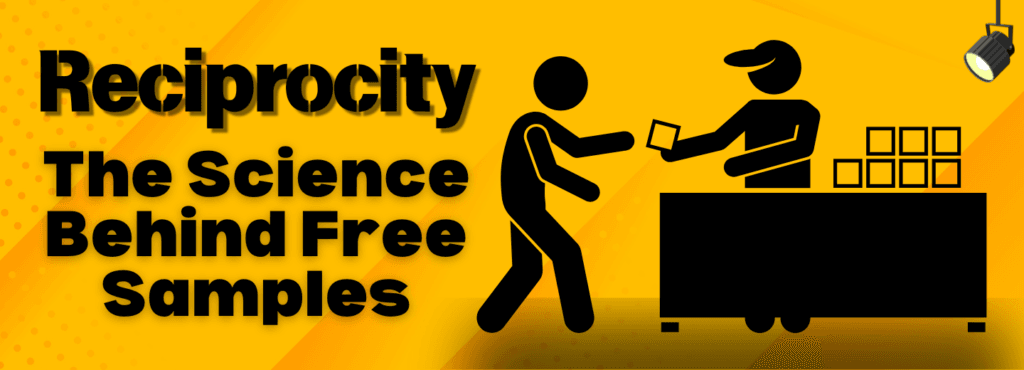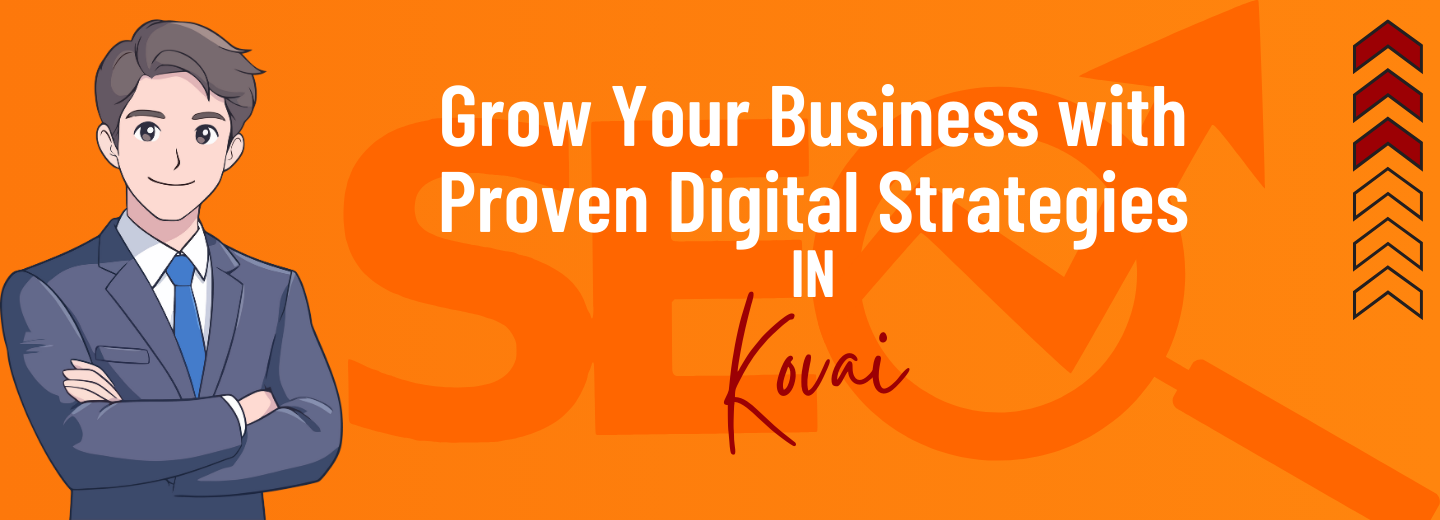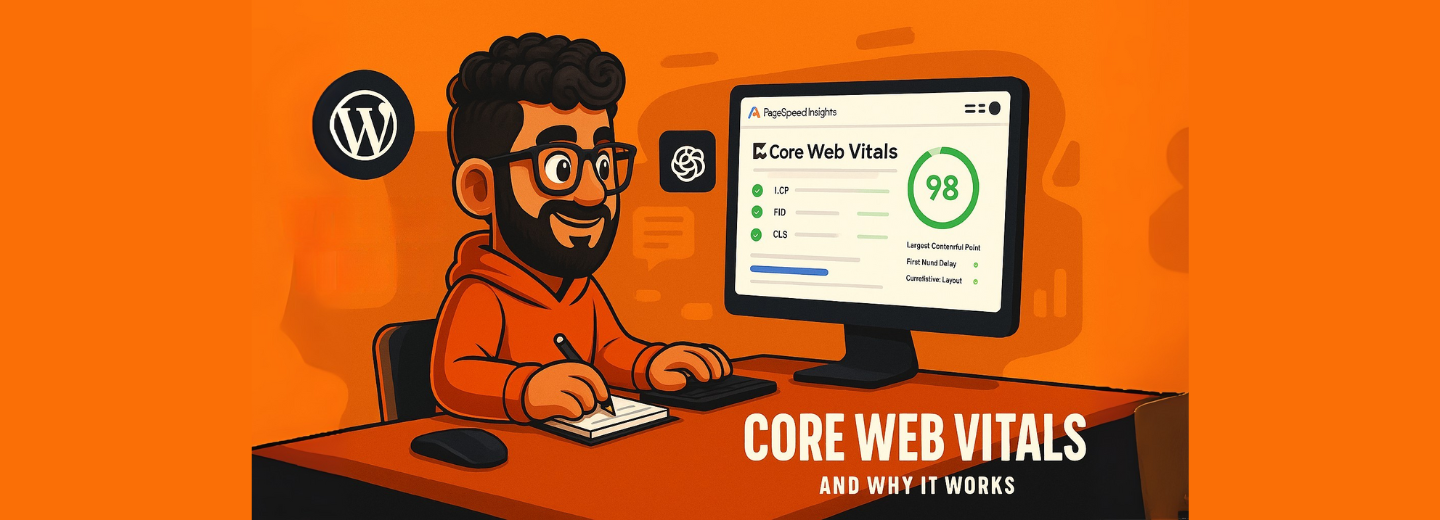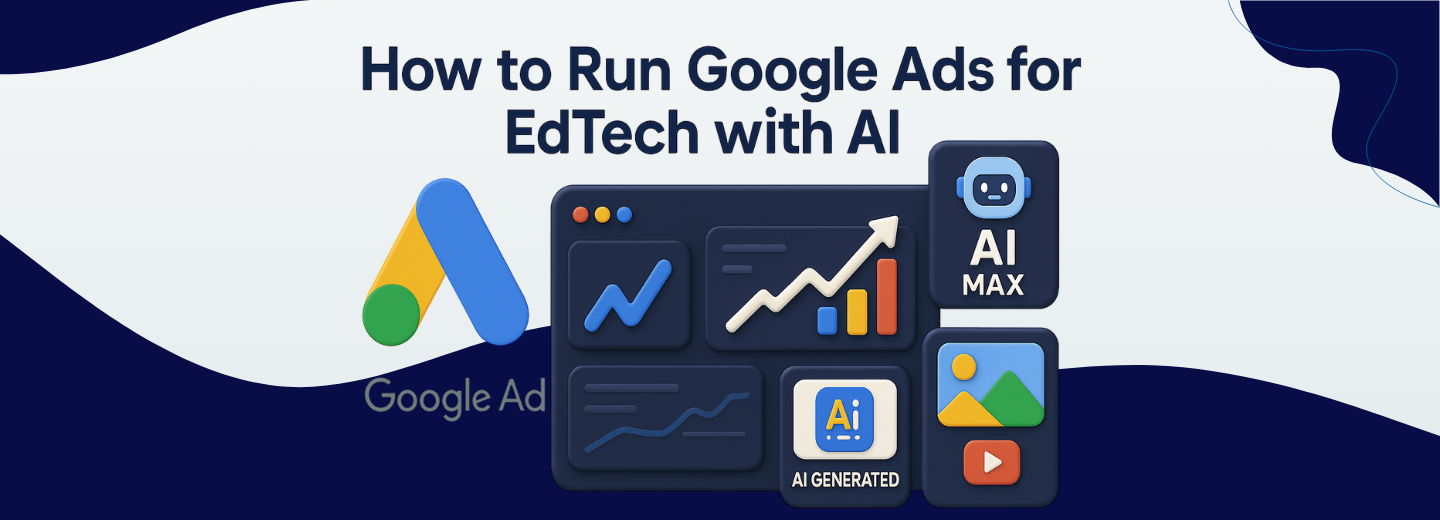Have you ever walked into a store, received a free sample, and found yourself buying the product just minutes later? This isn’t just clever marketing—it’s the power of Reciprocity at work. From free samples at Costco to personalized discounts in your inbox, it is a psychological trigger that influences our buying decisions more than we realize.
In this blog, we’ll dive into the fascinating science behind reciprocity, how brands use it to drive sales, and how you can use it in your own marketing strategies.
What is Reciprocity in Psychology?
It is a fundamental human instinct. When someone gives us something—whether it’s a gift, favour, or compliment—we feel an innate desire to return the gesture. This social norm has roots in survival. Our ancestors thrived in communities where mutual exchange and cooperation ensured collective success.
Fast forward to today, and it is everywhere. Have you ever:
- Lent someone a hand, and they insisted on paying for your coffee later?
- Received a birthday gift from a friend and felt compelled to give one back?
That’s reciprocity in action. While it feels like a natural response, businesses have mastered the art of harnessing this psychological principle to nudge us toward a purchase.
How Free Samples Trigger Reciprocity

Let’s face it: everyone loves free stuff. But have you ever wondered why you feel a little obligated to buy after accepting that free snack or skincare sample? That’s reciprocity doing its magic.
The Science Behind Free Samples
When we receive something for free, it creates a subtle pressure to “return the favour.” Even if the gesture was small—a sample at a grocery store, a free trial for a streaming service—we feel indebted. Studies have shown that free samples can boost sales by as much as 2,000% because people subconsciously associate generosity with trustworthiness.
Real-World Example
Costco is famous for its free samples. Customers try a bite of a product, enjoy it, and end up tossing the full-sized version into their cart. Sephora, on the other hand, entices shoppers with free beauty samples during checkout, creating goodwill and often leading to repeat purchases.
Other Reciprocity Tactics Brands Use
Free samples are just one-way companies capitalize on this principle. Here are other smart tactics businesses use to make reciprocity work for them:
1. Personalized Discounts

Ever received an email that starts with, “We’ve chosen this exclusive discount just for you”? Personalization makes the offer feel thoughtful, encouraging you to take action because it feels like a favour.
2. Gifts with Purchase

Brands like Clinique and Estée Lauder often run promotions like, “Spend $50 and get a free gift!” The gift creates the feeling of receiving something extra, tipping the scale in favour of a purchase.
3. Surprise Bonuses

Think about the last time a company added a small bonus to your order—like an extra dessert with your takeout. That unexpected gesture leaves a positive impression, increasing the likelihood of repeat business.
Why Does Reciprocity Work So Well?
Reciprocity taps into human emotions. Here are three key reasons why it’s so effective:
- Gratitude Triggers Action: When we receive something, gratitude compels us to act, whether it’s a purchase, a positive review, or a recommendation.
- Builds Trust: A gift, no matter how small, signals generosity and trustworthiness. Customers are more likely to feel loyal to brands that make them feel valued.
- Scarcity Intensifies the Effect: Add urgency, like “Offer ends today,” and the feeling of reciprocity becomes even more powerful. Limited-time gifts make customers act faster to avoid missing out.
When Reciprocity Backfires
While reciprocity is a powerful tool, it can backfire if not done thoughtfully. Here’s how:
- Overwhelming Customers: Bombarding people with too many “free” offers can feel manipulative, making them less likely to engage.
- Pressure to Buy: If the gesture feels forced, like a pushy salesperson handing you a sample and waiting for you to act, it can have the opposite effect.
- Inauthenticity: Customers can sense when a gesture is more about taking than giving. Authenticity is key to ensuring reciprocity works in your favour.
How to Use Reciprocity in Your Business
If you’re a marketer or small business owner, here’s how you can leverage reciprocity effectively:
- Start Small: Offer something simple, like a free resource, a trial, or a sample. Even a well-crafted thank-you email can create goodwill.
- Make It Personal: Tailor your gesture to your audience. Personalized offers and thoughtful freebies resonate more than generic ones.
- Track the Results: Measure the impact of your efforts through metrics like conversion rates, customer retention, and reviews.
The Ethical Side of Reciprocity
One of the biggest challenges in using reciprocity is balancing effectiveness with authenticity. While it’s tempting to use reciprocity purely as a sales tactic, customers value sincerity. Genuine gestures build trust, loyalty, and long-term relationships.
Remember: Reciprocity should always leave customers feeling appreciated, not manipulated.
Conclusion
Reciprocity is one of the most powerful psychological tools in marketing. Whether it’s a free sample, a discount, or a surprise gift, these small gestures tap into our natural instinct to give back. The result? Stronger customer connections, higher sales, and a reputation for care and generosity.
The next time you accept a free sample, take a moment to reflect—are you acting out of obligation or genuine interest? Either way, now you know the science behind it.
Want to explore more insights into the psychology of decision-making? Visit our blog for deeper dives and practical tips.















